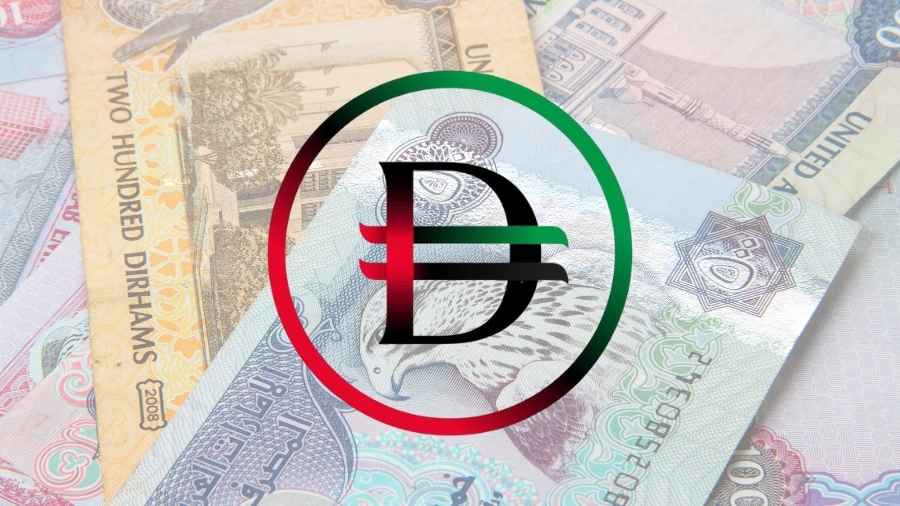UAE Completes First Transaction Using Digital Dirham CBDC


The United Arab Emirates has completed its first government financial transaction using the Digital Dirham, marking a major milestone in the country’s central bank digital currency (CBDC) program and broader digital-economy agenda. The Ministry of Finance and the Dubai Department of Finance executed the inaugural payment in collaboration with the Central Bank of the UAE (CBUAE), demonstrating live end-to-end processing on official rails. Multiple statements from authorities indicate the transaction was completed in under two minutes, highlighting the system’s performance and operational readiness for real-world use.
How the pilot worked
Officials said the payment was routed through mBridge, a multi-CBDC platform developed by a consortium including the BIS Innovation Hub and several central banks, and integrated with the UAE’s Digital Dirham infrastructure. mBridge enables direct issuance, receipt and settlement in central bank money without intermediaries, aiming to reduce the cost, latency and opacity of cross-border and government payments. The CBUAE has been a core participant in mBridge since 2021 and has documented its move from proof-of-concept to an operational minimum viable product in its July CBDC reports, setting the stage for this first live transaction.
The pilot forms part of a phased Digital Dirham program that began with ahead issuance and trials, progressing toward broader rollout targeted for late 2025 subject to testing and regulatory clearances. Local media and market trackers note that yesterday’s transaction is the first government-level payment on the system, intended to validate technical integration, governance workflows, and identity and settlement controls at production speed. While the authorities did not disclose the amount or counterparties involved, the emphasis was on demonstrating the ability to settle rapidly and securely, with auditability for public-sector operations.
Why this matters for markets and policy
For the UAE’s financial system, a working CBDC use case promises efficiency gains in treasury operations, vendor payments and inter-agency settlement, potentially compressing float and reconciliation times while improving transparency. The initiative also dovetails with fresh legal underpinnings: new legislation has clarified that the dirham exists in notes, coins and digital form, placing the Digital Dirham on a statutory footing comparable to cash and strengthening the framework for public-sector and commercial adoption. Over time, these changes can lower operational risk and encourage private-sector integration across banks, fintechs and payment processors.
Internationally, the live transaction positions the UAE among a small cohort moving from pilots to operational CBDC rails, with mBridge providing a path to real-time, 24/7, payment-versus-payment settlement across jurisdictions. If subsequent phases demonstrate scale, the Digital Dirham could reduce friction in trade finance, tourism receipts and cross-border public payments, while offering central-bank money finality that private stablecoins cannot guarantee. Market participants will be watching for data on throughput, uptime, interoperability and liquidity management, as well as clarity on how the Digital Dirham will coexist with existing payment systems and FX regimes. The next milestones will likely include expanded government use cases and selective private-sector trials as the program advances toward its planned rollout window.







